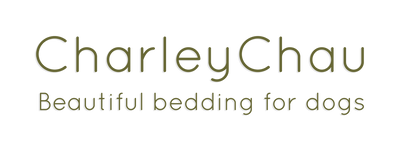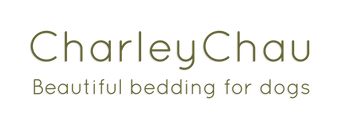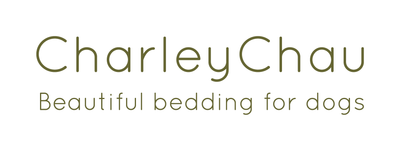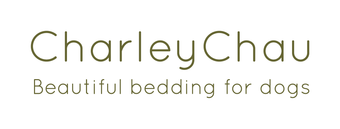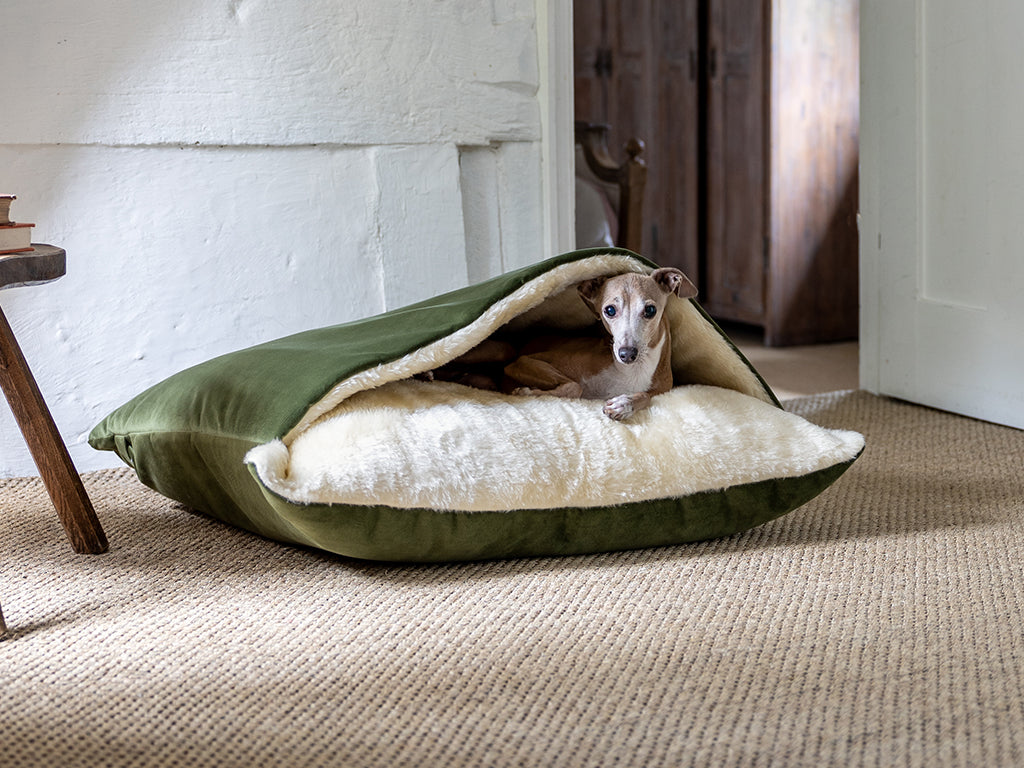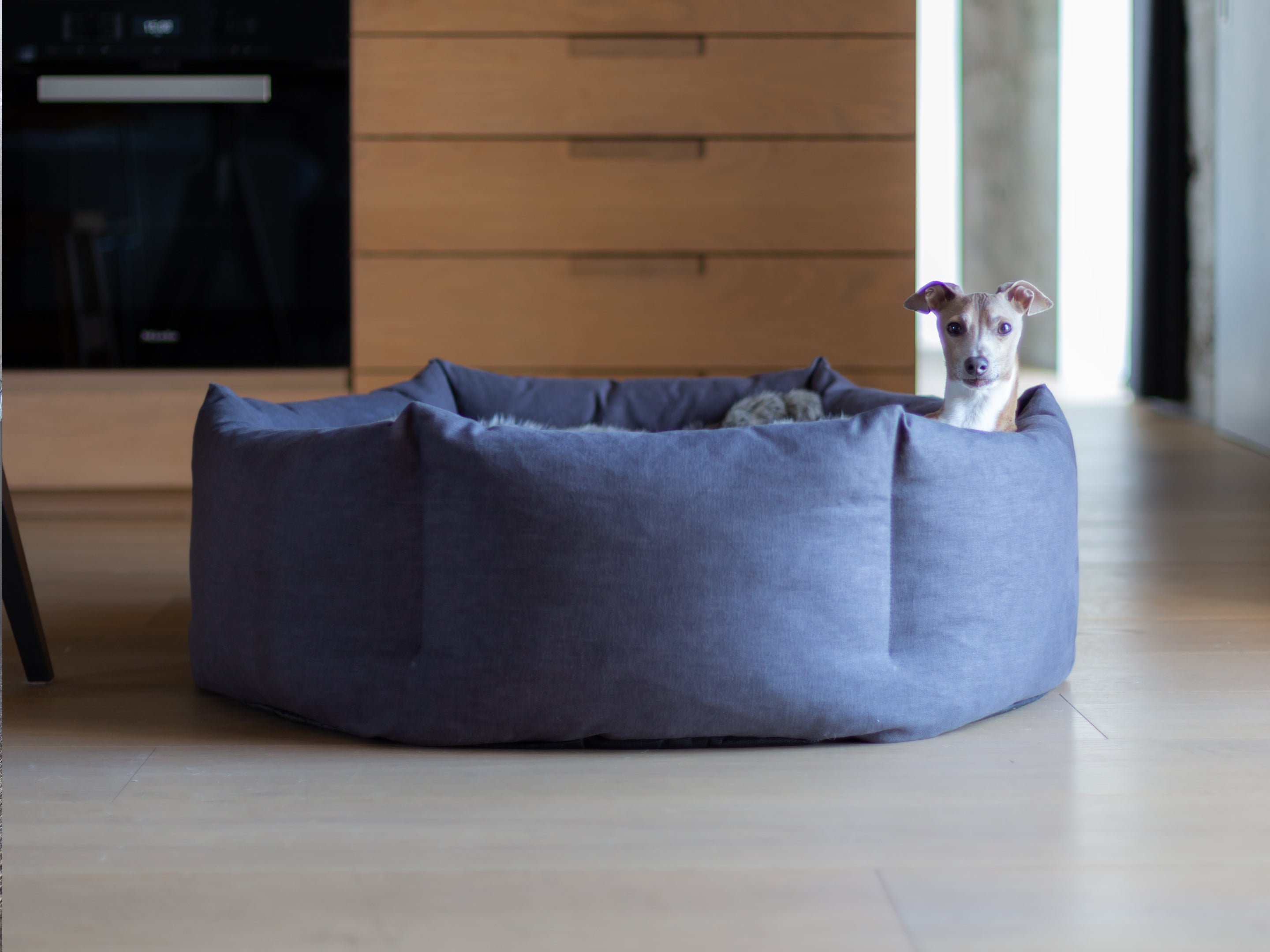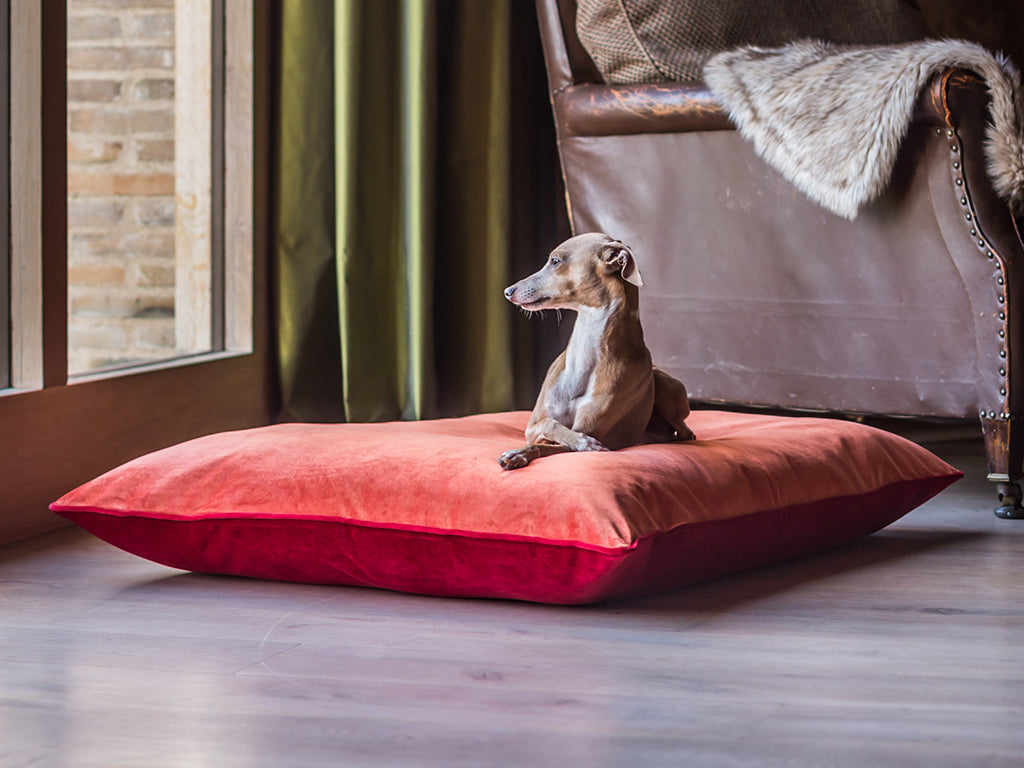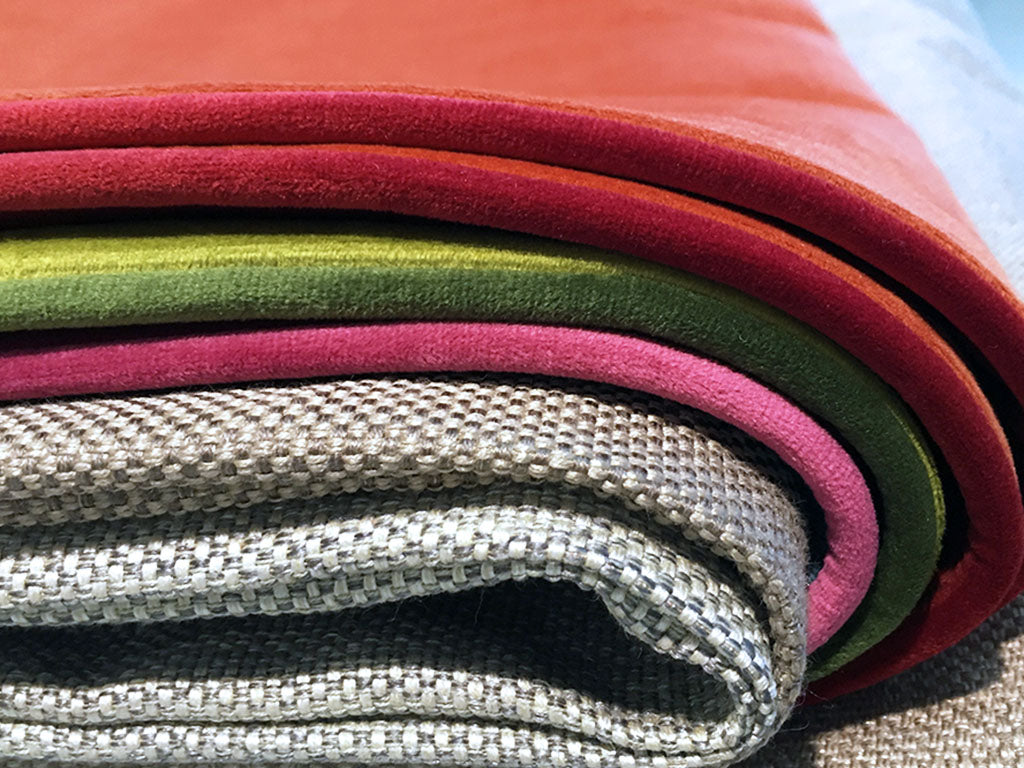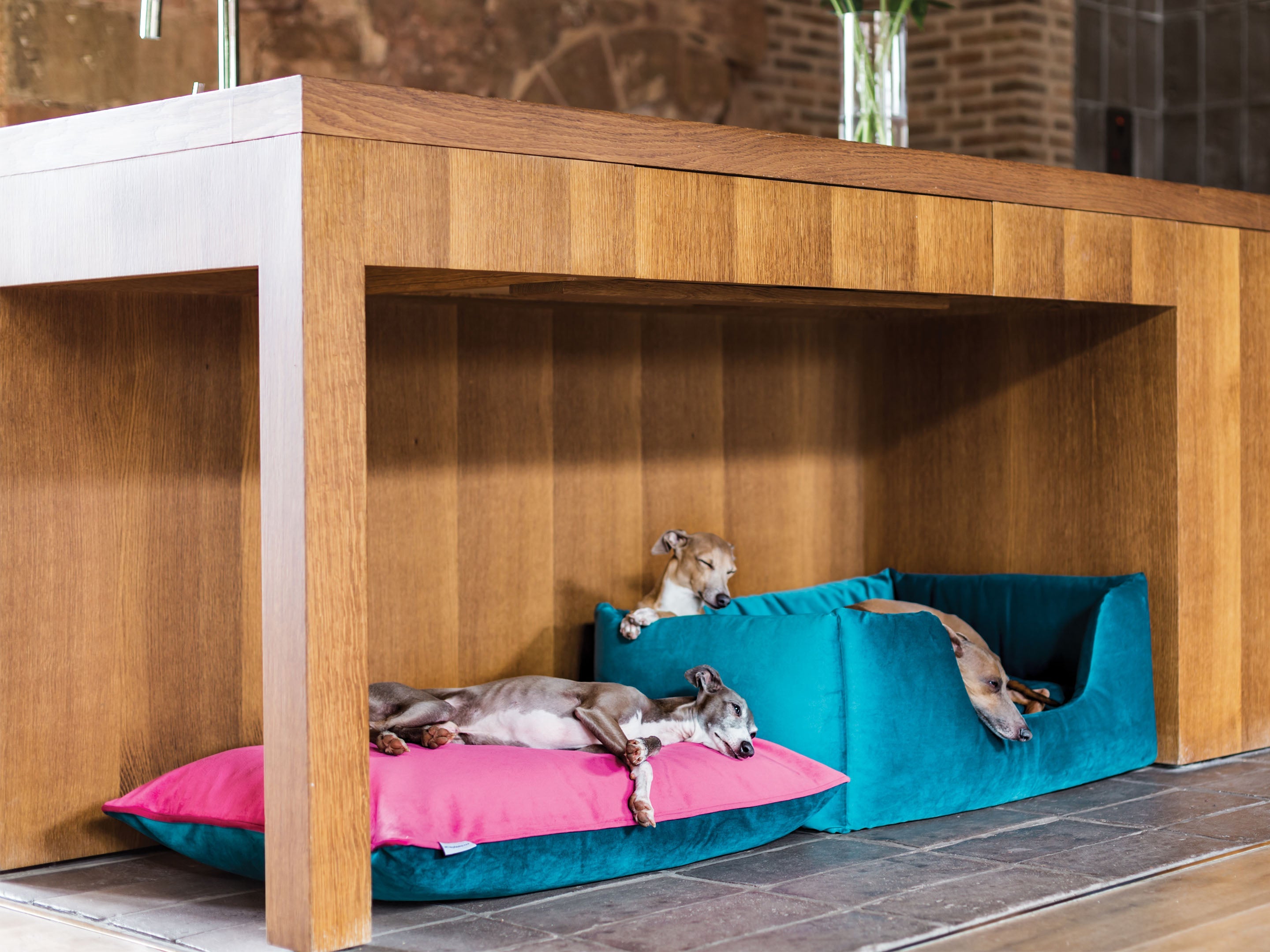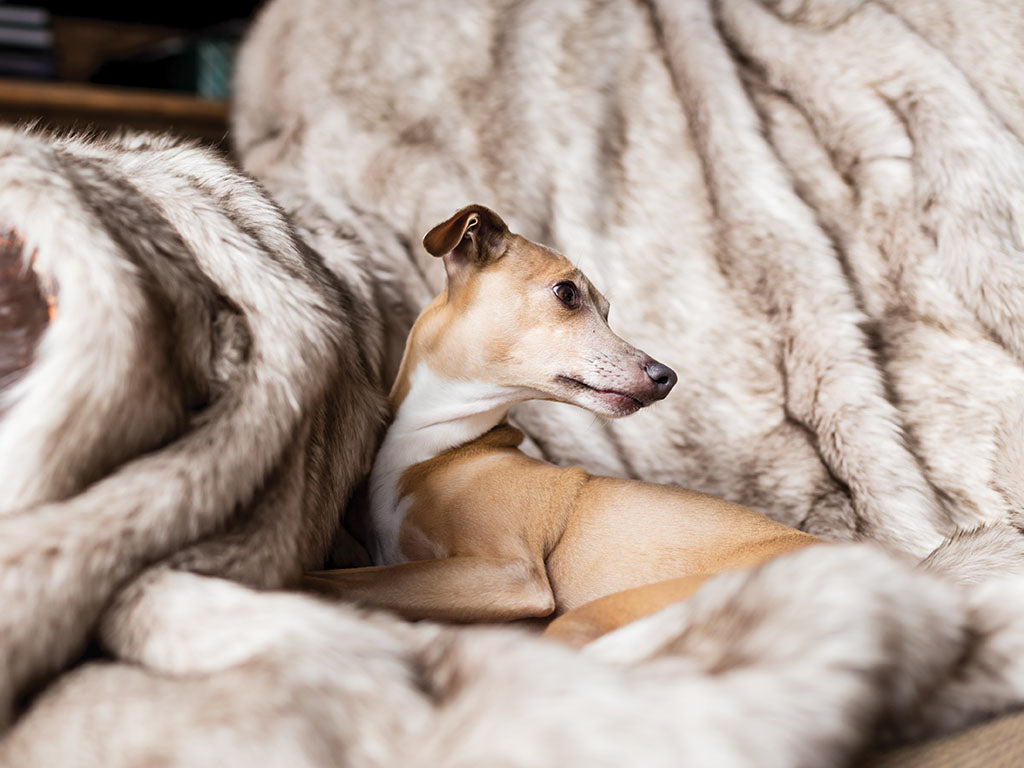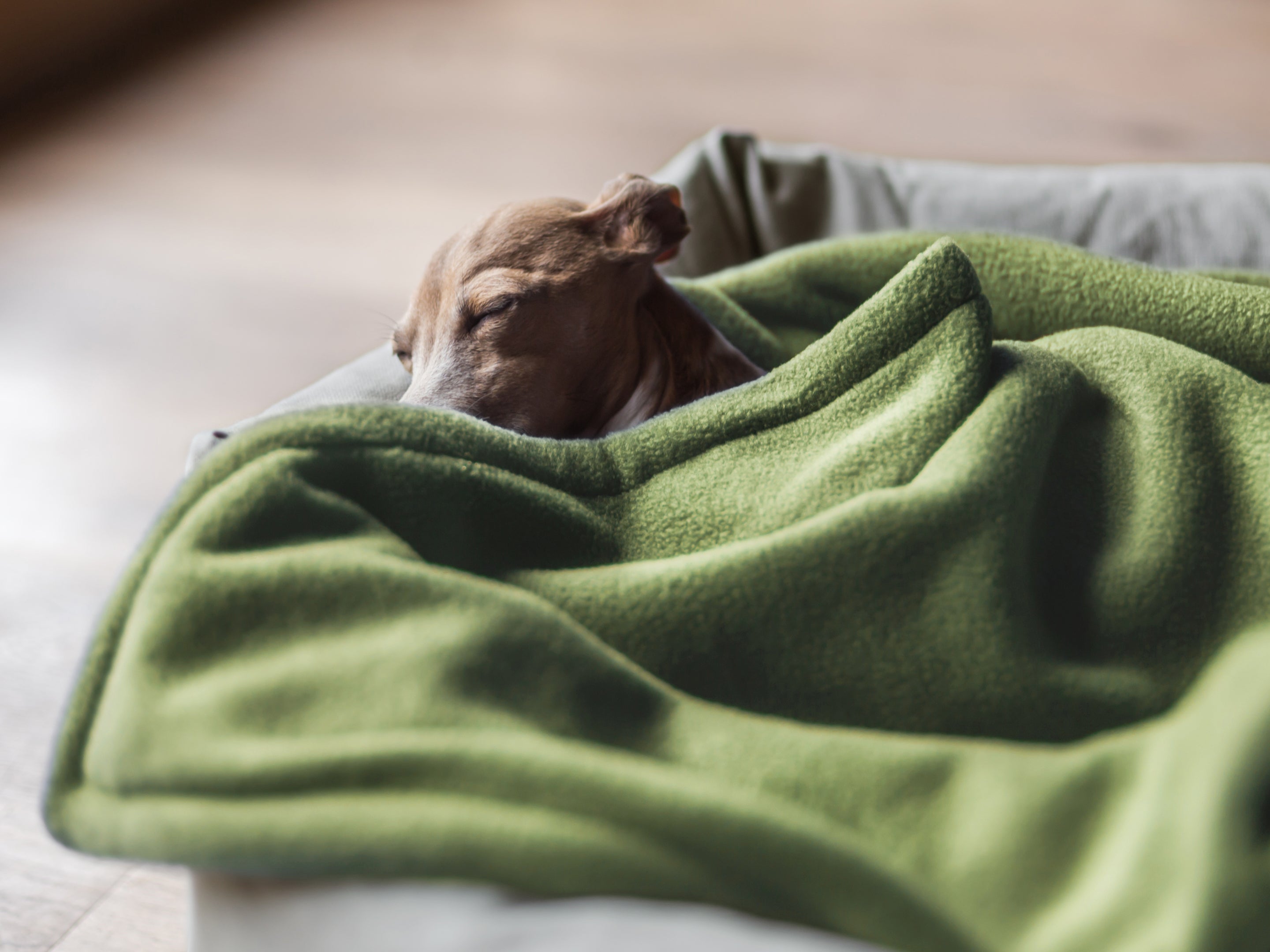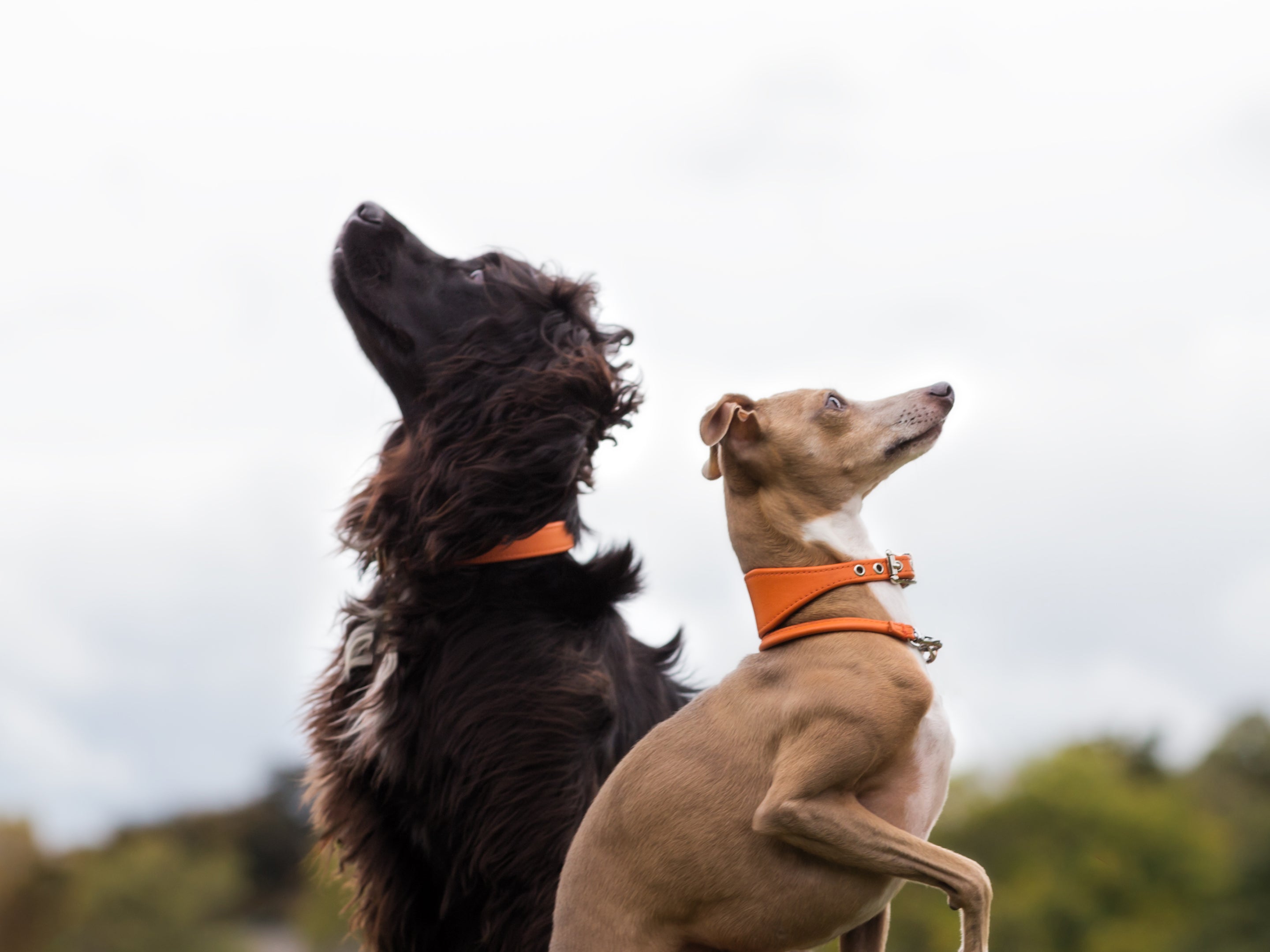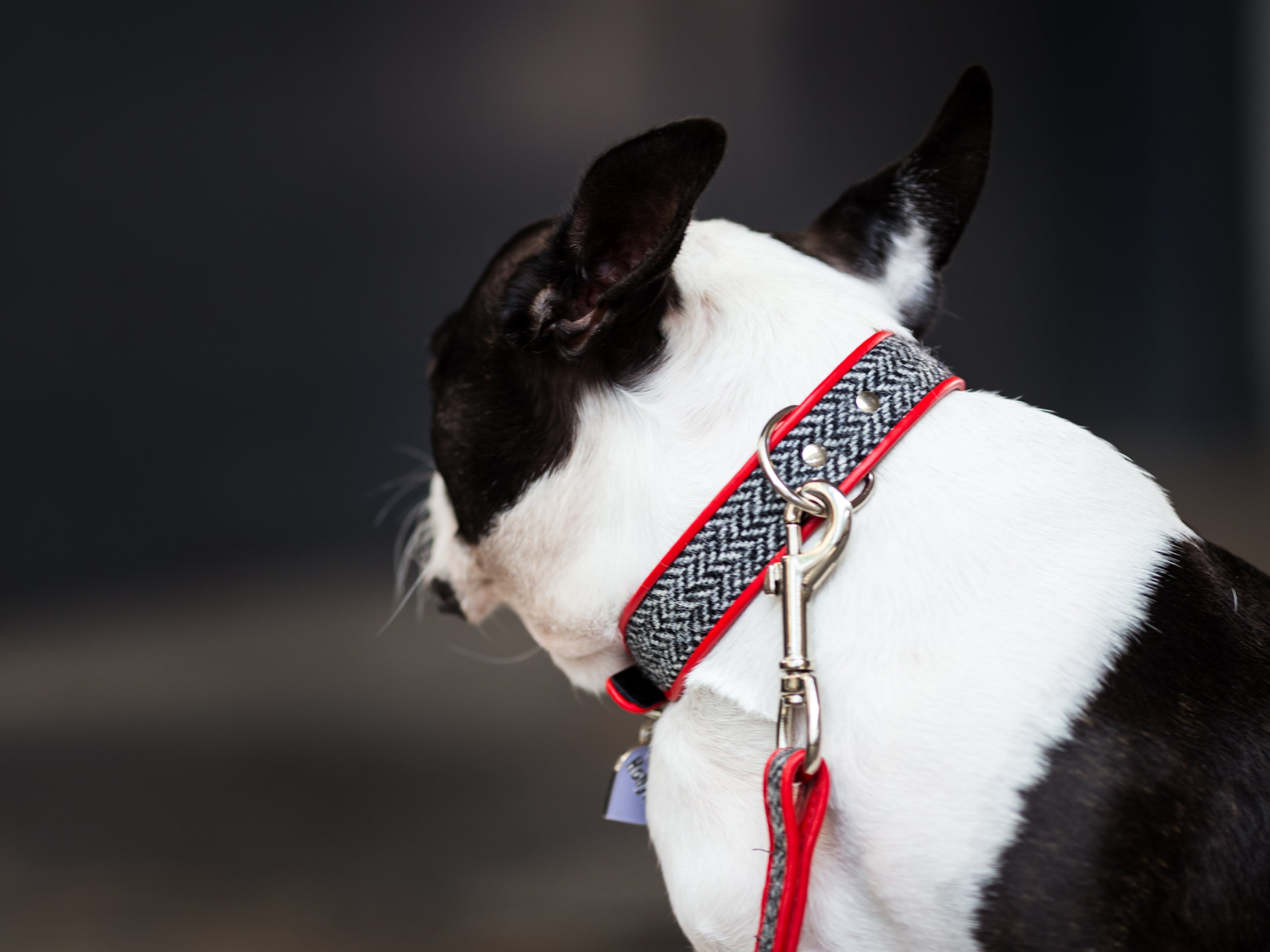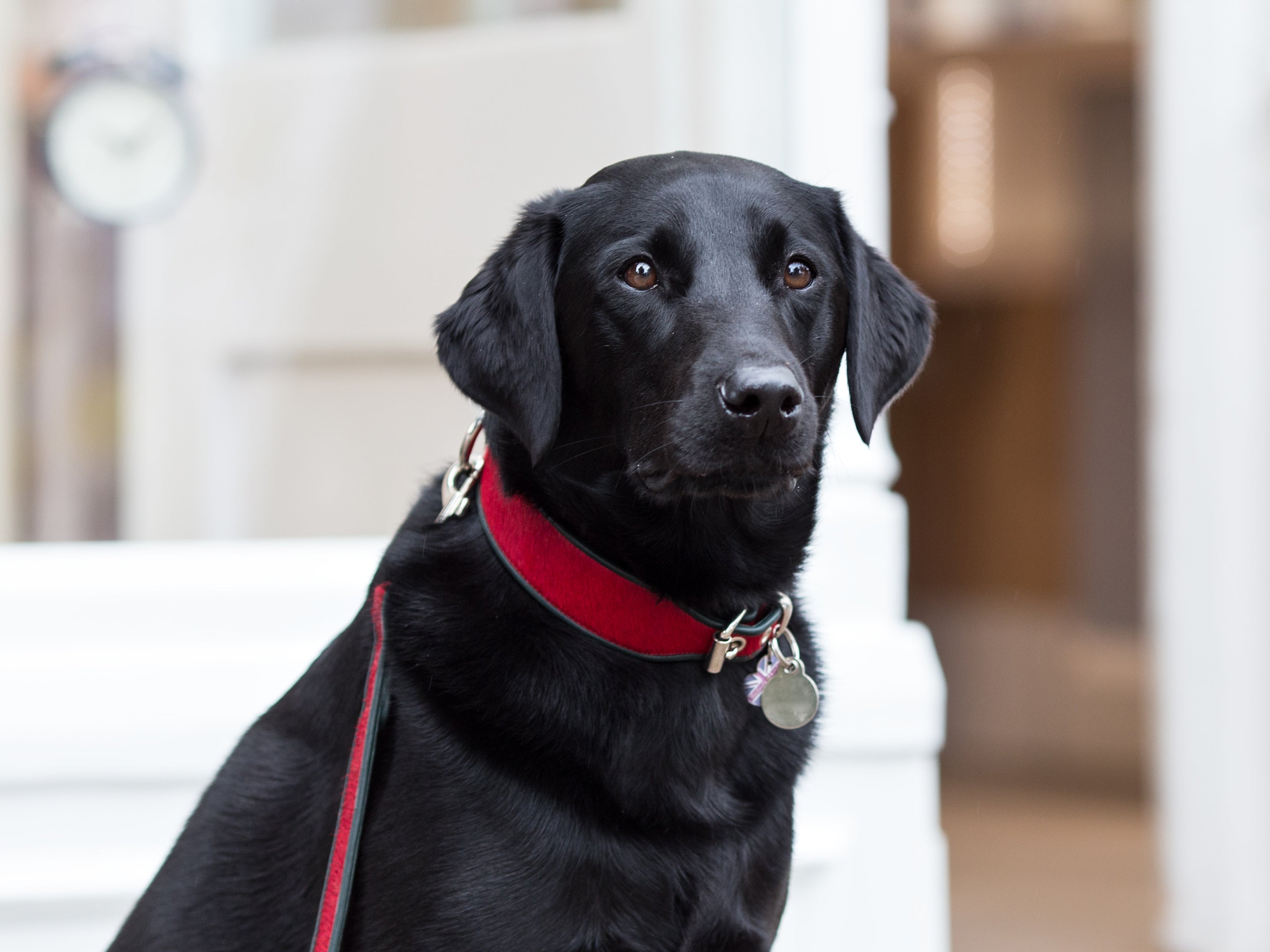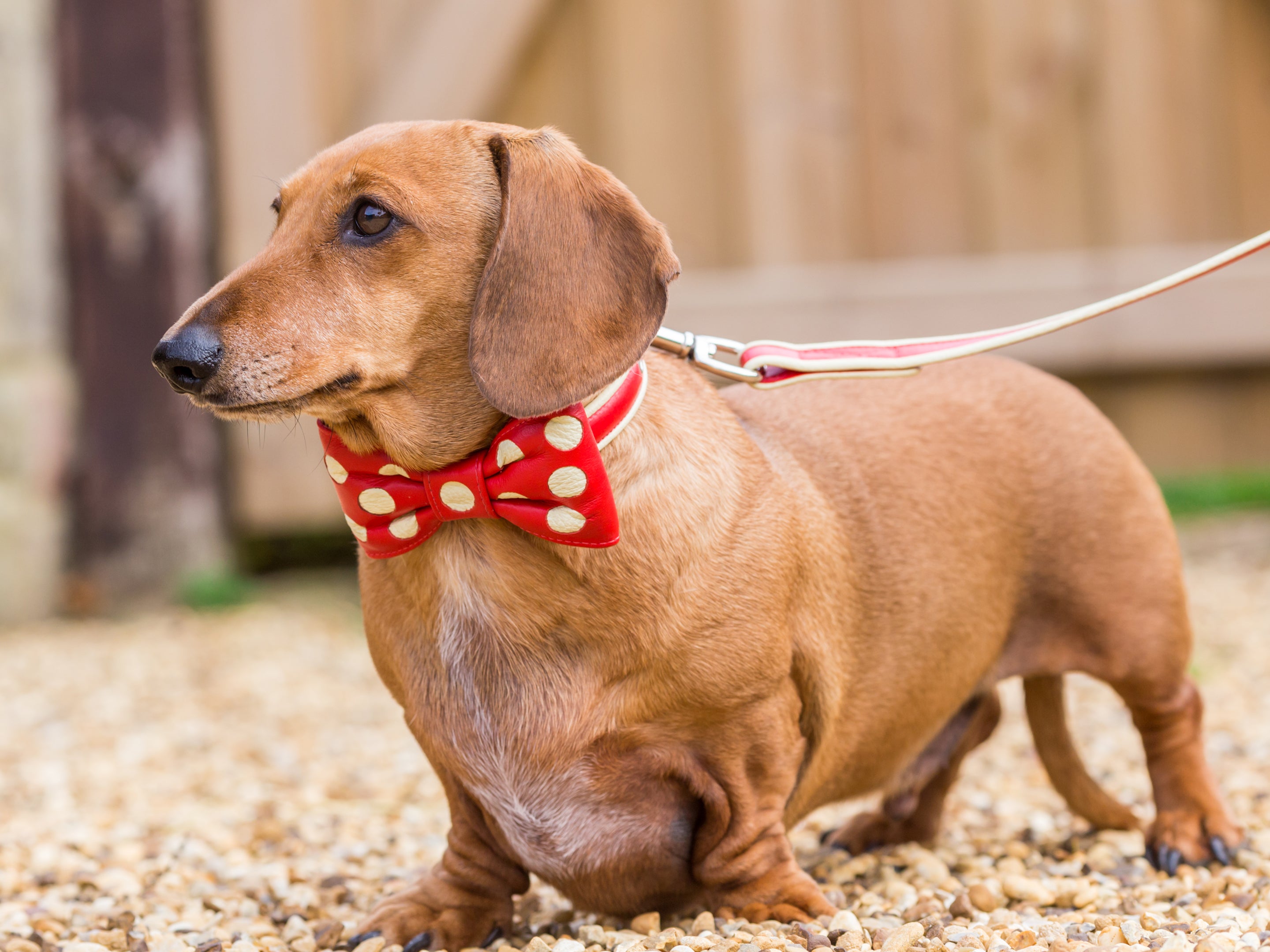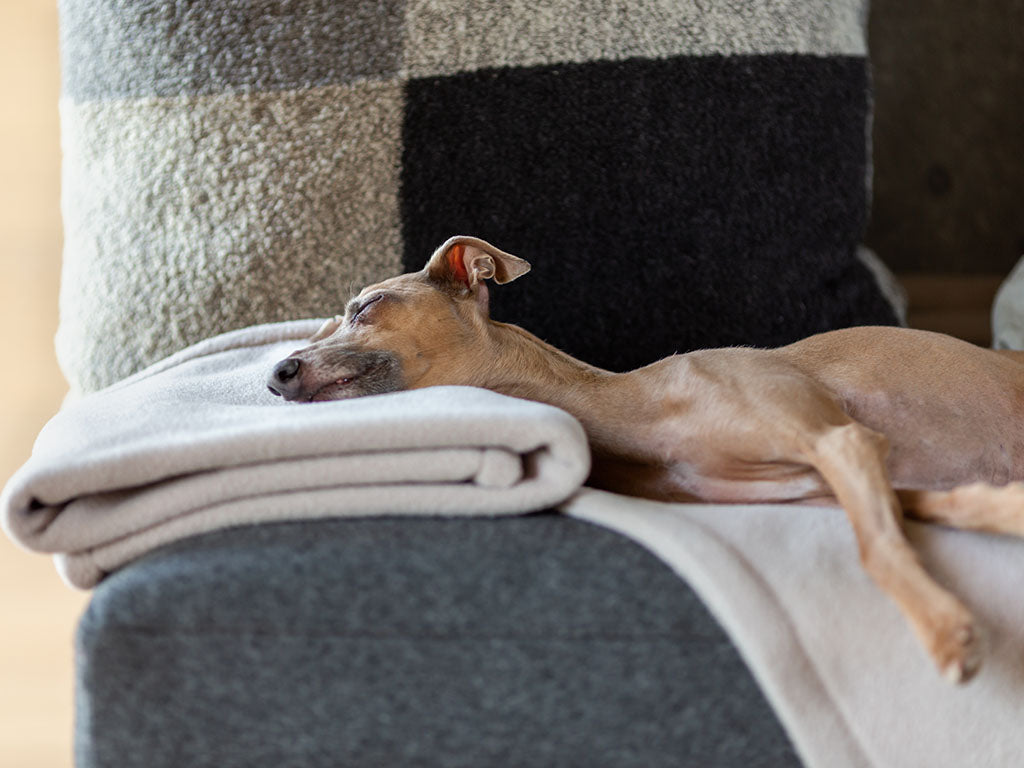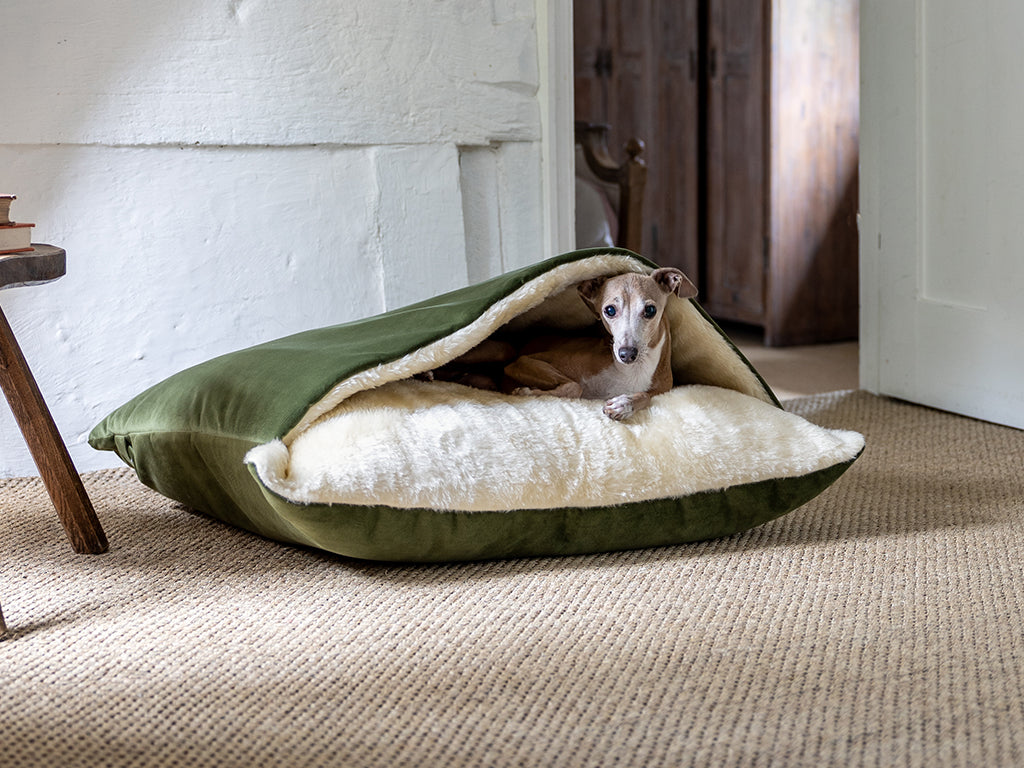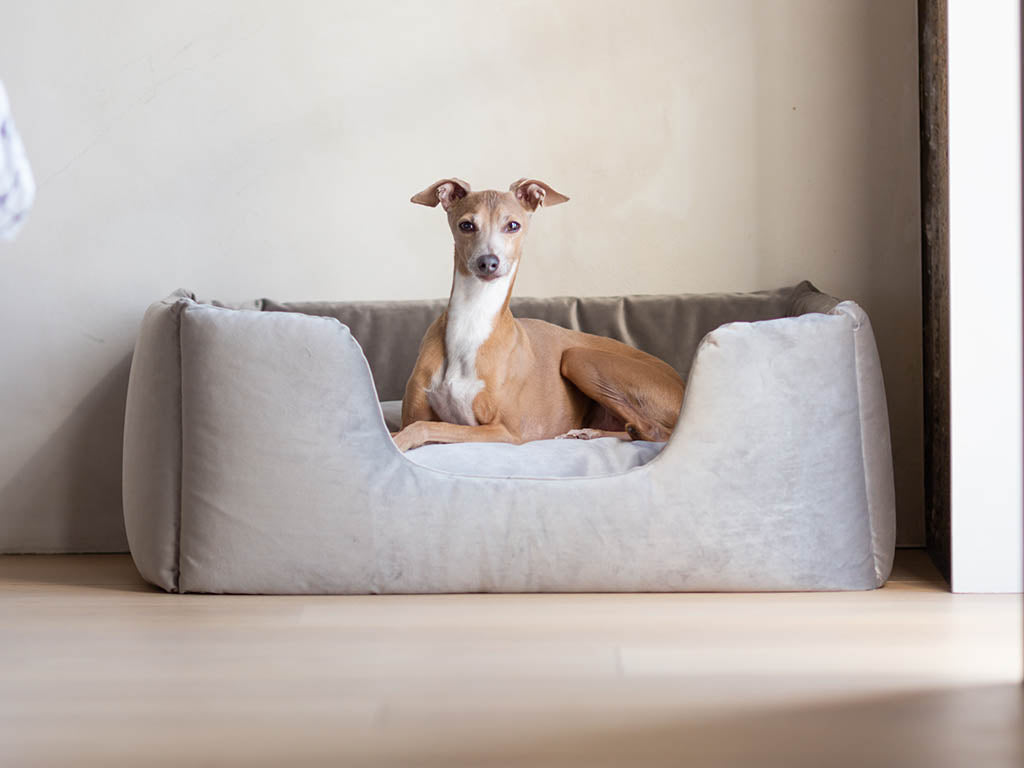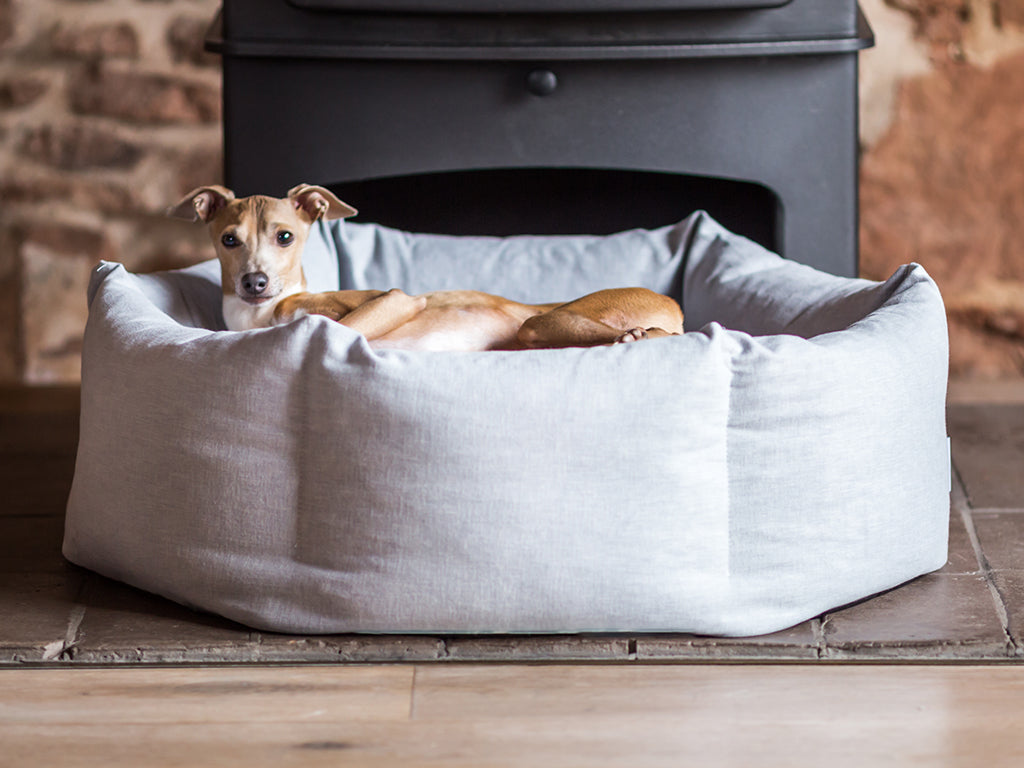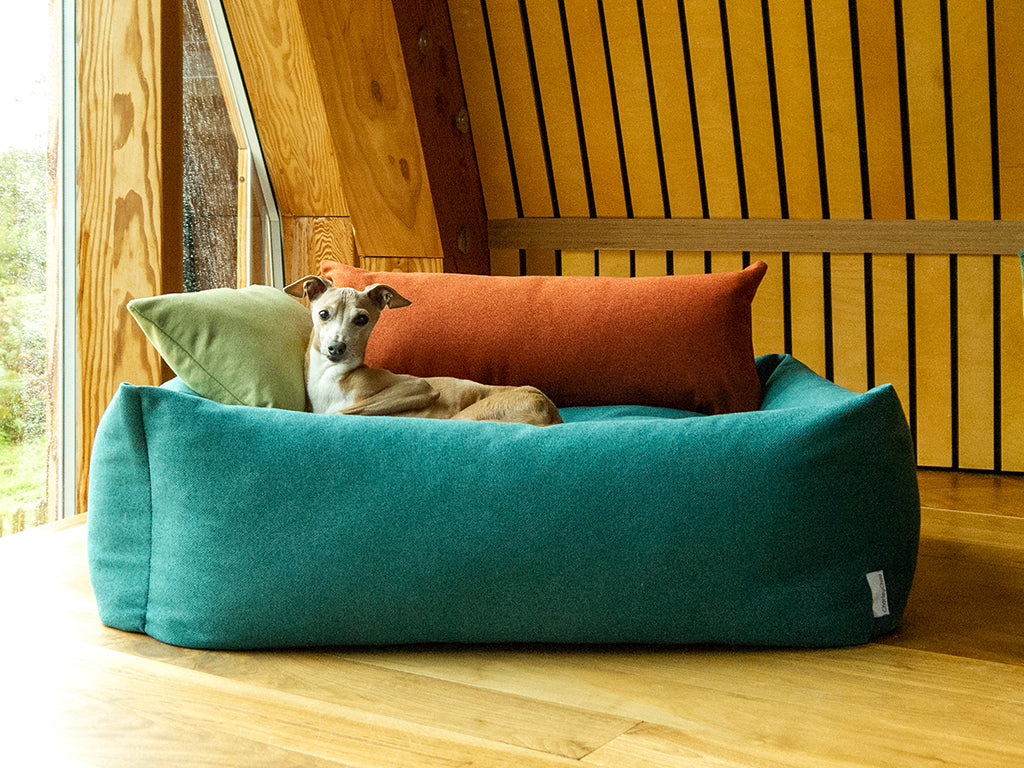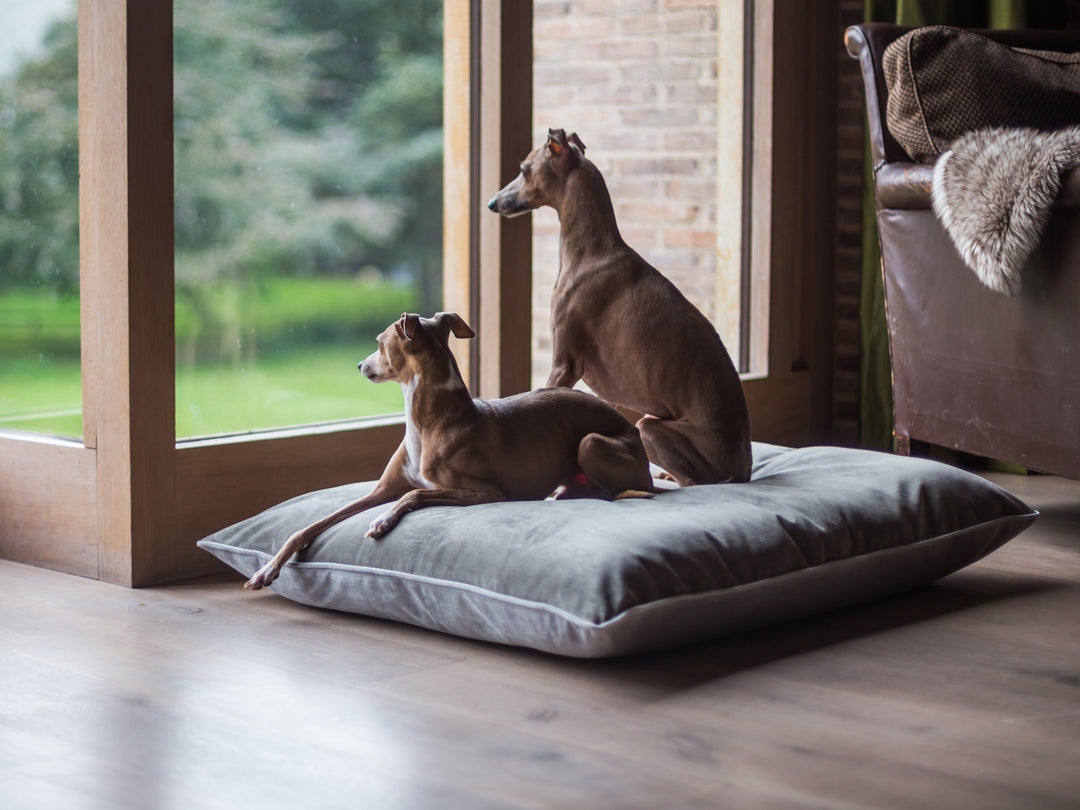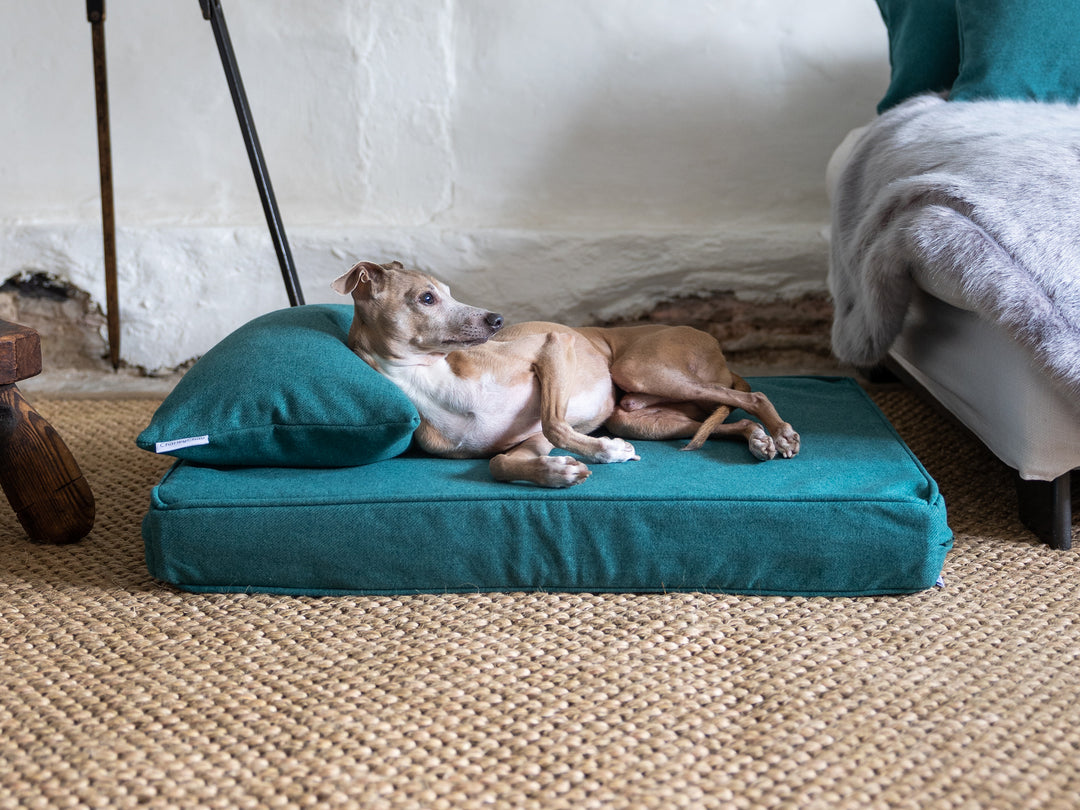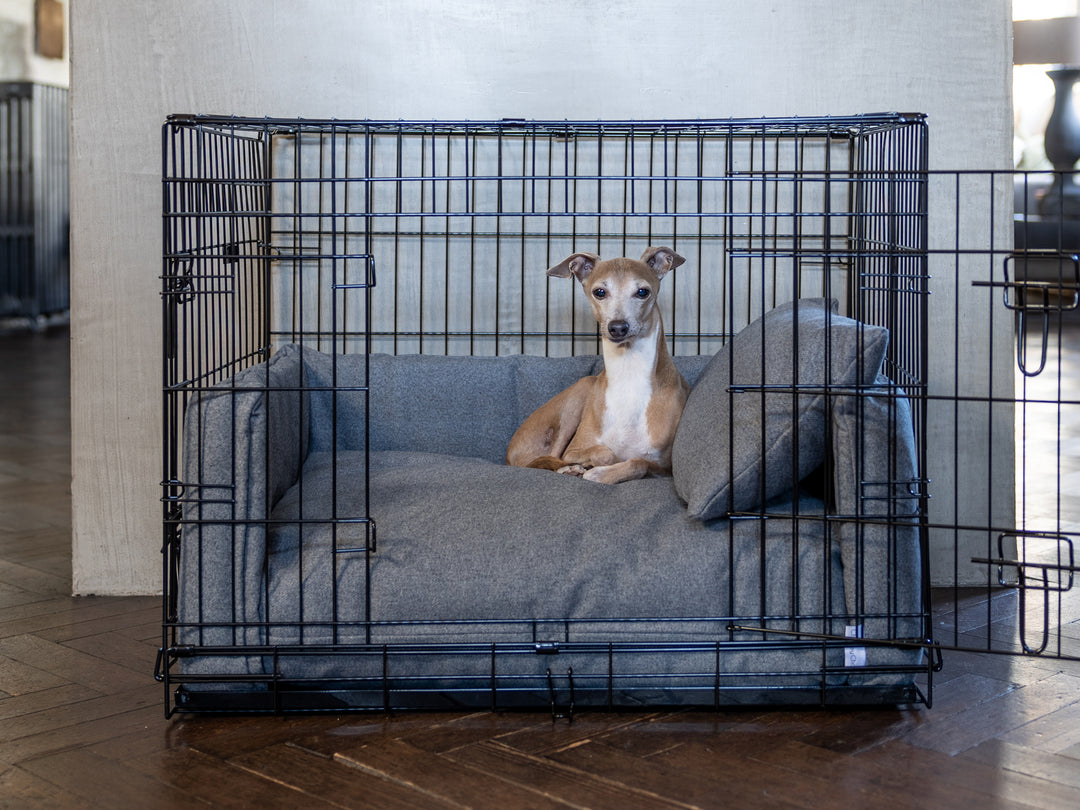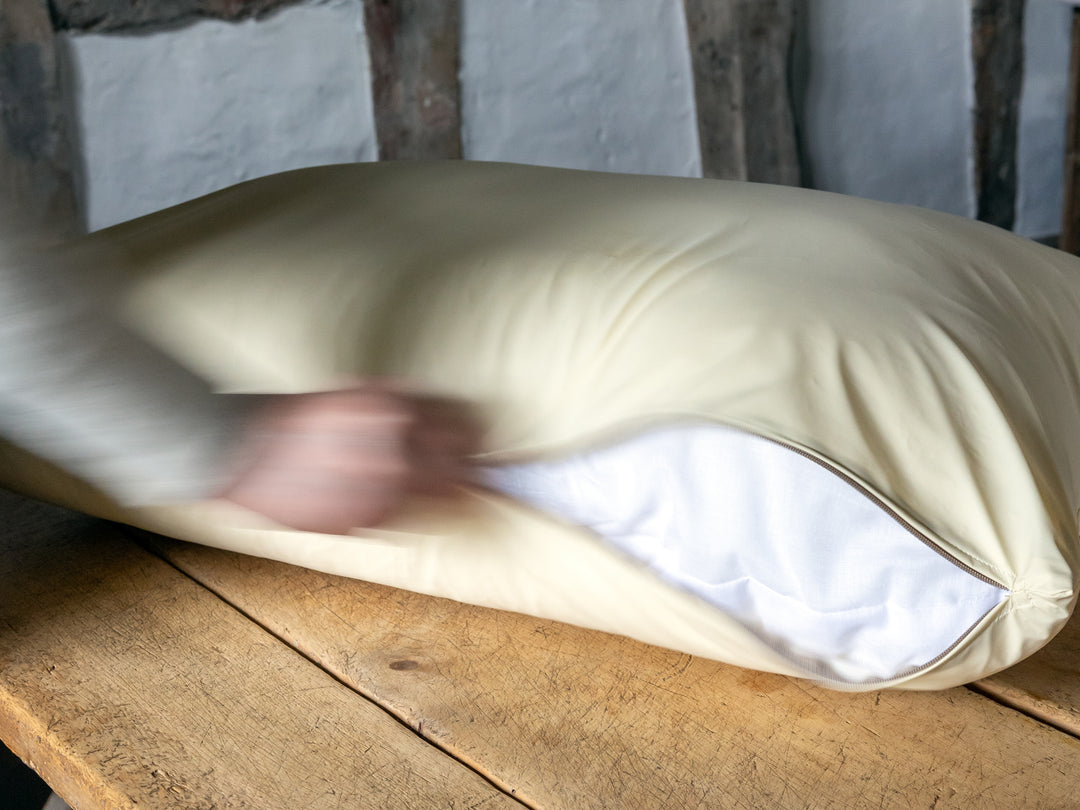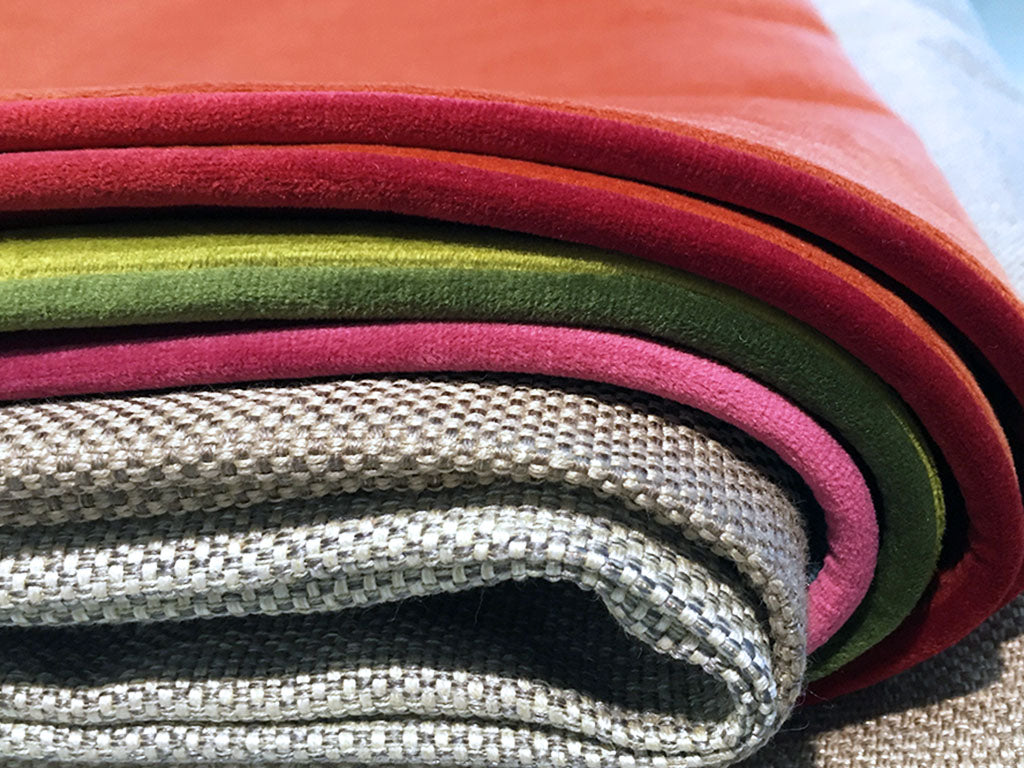New Year's resolutions - five ideas for you and your dog!
If you’re excited about the new year ahead and thinking about trying out new things in 2023, why not add a few to your list that you can do with your dog?
There are some brilliant canine activities that are fantastic for both humans and hounds that can get us out and about, meeting other like-minded dog lovers, and can also really help to strengthen the bond between a person and their dog. Fab too both physically and mentally for our canine companions to help keep them happy and healthy. Here are just a handful for you to think about …
1. Super sniffing and Nose Work – an easy one to get going
According to VCA Hospitals, dogs “have more than 100 million sensory receptor sites in the nasal cavity compared to 6 million in people, and the area of the canine brain devoted to analyzing odors is about 40 times larger than the comparable part of the human brain.”
It’s no surprise then that encouraging and enabling your dog to use their super-sniffing powers is hugely beneficial to their wellbeing. According to the American Kennel Club, 20 to 30 minutes of good quality sniffing will leave a dog just as tired as if they’ve had a one hour walk, as it’s an activity that raises their respiratory rate as well as giving fantastic mental stimulation for dogs which is hugely important for long-term canine wellbeing.
An introduction to scent training that you can start at home straight away!
Scent training and Nose Work is really easy to start at home with no need to invest in any fancy kit. From simple games of "find it" to full on Nose Work Trials - it's up to you and your dog how far you want to take it.
The American Kennel Club has a brilliant training guide for teaching your dog to find different scents using essential oils which can be done at home and in the garden.
Nose Work is a key discipline in competitive Kennel Club Working Trials which were originally set up in the 1920s based on the training of dogs for police work, although today it’s an enthusiasts' competitive sport with trials held all over the country. Under UK Kennel Club licensed events, any dog whether pedigree or crossbreed, can take part as long as they re aregistered on the KC Breed Register or Activity Register. More info:
- The National Nosework Association
- UK Kennel Club Working Tails information
- American Kennel Club Scent Work Training
2. Out and about – CaniCross and other CaniSports
Thinking about putting on your trainers to pound the pavements? Or getting on your bike in the New Year? Would your dog make a good wingman and help to motivate you to get out there?
CaniCross is the sport of cross country or trail running with dogs, which originated in Europe as an off-season training activity for working sledding dogs and is now particularly popular in the UK. From CaniCross, other canine cross-country sports have evolved including CaniBike (Bikejor) and CaniScoot.
For all of the CaniSport disciplines, human and hound are connected through a bungee cord attached to fitted harnesses. Some training is required as safety is paramount when the speed starts to pick up. As with any canine sport, your dog needs to be fit and healthy to take part – we recommend that you seek veterinary advice and have your dog health checked before getting started.
While CaniSports can be very high energy, CaniCross training starts off at a walking pace for human and hound to get used to being attached with an elastic bungee and for your dog to learn to pull on the elastic, before building up to jogging and then running as appropriate for the dog and human so it’s one that you can ease you and your dog into and again, take it as far as you wish. I’m not a runner but I’ve got CaniCross on my list for 2023 – Brutus’ slender frame won’t pull me up a hill but his company might get me off the sofa!
Some useful links for more info below, or find a local CaniCrossClub:
- British Sleddog Sports Federation - the governing body for CaniCross in the UK
- Trailrunners – good general information and free downloadable training plans for beginners
- Dog Fit for general information, case studies and online training courses
3. Trick training at home
Another activity you can do at home and no fancy kit required. Tricks are fun but they’re also very useful when you find your dog in a situation when you need to divert and re-focus their attention and once again, training together develops and builds the bond between human and canine.
I’m on a mission to teach Brutus and Theo five new tricks this year and I’m doing it with the help of YouTube. They’re all for fun, but some of them have very practical uses too. There are so many brilliant resources for dog training online that are accessible to all – just make sure they are reward-based and encouraging - never use punitive training methods.
Brutus and Theo - two very different dogs to train which makes it more interesting albeit more challenging! (video best viewed on full screen)
Here’s my trick list for Theo and Brutus with links through to the best training videos I've found for each trick. Just looking through different trick training videos is a real learning experience so worth a search on each trick!
- Nose touch – really brilliant for getting a dog’s attention in all kinds of situations.
- Back up – great for asking a dog to move away from an object or situation and also helpful for Brutus and I in the show ring when Brutus needs to re-set his stance.
- Spin/Twirl – Brutus is already and ace spinnner, but Theo not so much - see video above - I'm on a mission to teach Theo to spin this year!
- Leg Weave purely for fun because it never fails to impress as a trick.
- Bed! Our gang are spoilt for choice when it comes to luxurious dog beds but Brutus can be wild at times so I am going to try to train him to go to bed and stay there on command – not easy with an Italian Greyhound with the concentration span of a flea!
4. Agility
Fast and fun! Agility first hit the dog-loving public’s consciousness in the 1970s when a demonstration of dogs jumping over various obstacles was put on as entertainment at Crufts. Since then, Agility has become a hugely popular canine sport all over the world - a fabulous test of human and canine teamwork where a handler's ability to train and direct a dog around various obstacles is paramount.
This is our friend Torka and her Italian Greyhound, Puck (Voici Cuppa Cappuccino), on his first ever competitive agility run in the US - Puck was definitely out there enjoying himself!
Most of us go along to an obedience training club with our dogs when they are puppies and then we leave with basic sit, down and wait commands and then the course is over, and we don’t think much about training again. Agility is a great way to continue training in a structured way and in a discipline that can be great fun and hugely satisfying for both human and hound.
Dogs of all ages and sizes can get into agility – at starter level there's no flying over great big A frames or scary see saws and the courses are set for size! A good agility training club will ensure that the training and courses run are appropriate to the dog’s size and ability, as well as factoring in the skills of the handler. Try it just for fun … you never know, you may get the bug and end up competing seriously!
In the UK, any dog can compete under Kennel Club rules, both pedigree and non-pedigree dogs, and lots of people do it just for fun and then decide to start competing at agility trials. They've got some great info on how to get started in dog agility.
At the time of writing, the Kennel Club's Dog Club Finder Tool is down. In the meantime, AgilityNet has a comprehensive list of agility clubs across the UK.
5. Conformation showing
Showing our gang of Italian Greyhounds has been a passion for over a decade now. Charley was my first Italian Greyhound and beautiful though he was, he was not a show dog - far too big for the breed but my most handsome boy ever nonetheless. Then came beautiful Anna, a.k.a. Irish Champion Sumobi Love Me Tender Artmeis, and it was Anna who got us interested in dog showing.
Under UK Kennel Club rules any dog, whether pedigree or crossbreed, can take part in Companion Shows. Scruffts is the Kennel Club’s competition for crossbreed dogs only, and pedigree dogs can compete at KC licensed Limited, Open and Championships Shows.
The world of dog showing often gets a bad wrap – and sadly, for good reason on some occasions – but the majority of people showing their dogs are passionate, dog-loving breed enthusiasts, with a primary interest in the ongoing preservation and good health of particular breeds.
For me, dog showing is how I’ve learned about Italian Greyhounds as a breed beyond the cute and naughty antics common to most IGs. It’s a social sport that has given me an incredible opportunity to learn about the health and conformation of Italian Greyhounds from other breed enthusiasts with decades of experience.
Brutus, a.k.a. Champion Jaros Ferazi Et Tu Brute at Sfizimio - his first year in the show ring. Little super star! (video best viewed on full screen)
In the ring, I love the challenge of developing my own handling skills, learning to work with individual dogs so that they show themselves in the best possible light, and it is definitely all about teamwork - a beautiful dog can really fade in the ring with an unsympathetic handler.
Practice makes perfect, so as well as showing my own dogs, I handle dogs for friends too. This year I was lucky enough to handle two Italian Greyhound bitches to Bitch CC awards, one with Best of Breed, as well as handling little Brutus to win 4 Dog CC's with one Best of Breed. A CC is a Challenge Certificate and a dog needs three CC wins to gain a UK champion title - no mean feat! However, regardless of what happens in the show ring, rosette or no rosette, the important thing to remember is that dog showing is fun and you take the best dog home every time.
I started showing Anna in 2010 and since then, my passion for Italian Greyhounds has led me to starting my judging badges and working towards becoming a Kennel Club approved judge. I finished my level 2 qualifications in 2022 and have recently received my first judging invitations for 2023 and 2024 which is hugely exciting and not at all what I imagined when I first went to a dog show with Anna all those years ago!
The Kennel Club’s introduction to dog showing – the basics. See the KC website for a full list of Kennel Club Breed Standards against which all dogs are judged.
For a dog to really perform in the ring, they need to be well-socialised with good temperaments, and have some basic obedience training – a basic “stand” is useful and good lead work is essential, not least because the show leads for many breeds tend to be fine and should never be used on dogs who are not calm and fully under control. Training can start at home but it should always be fun.
Ringcraft clubs are a great place to learn how to handle a dog for the show ring – there are heaps of ringcraft clubs all over the country attended by both novice and experienced handlers alike – great for show training but also a lovely social scene for both humans and canines.
To find out more about dog showing visit the Kennel Club’s Guide to Dog Showing.
And do come and see us at Crufts (www.crufts.org.uk) , 9 - 12 March at the NEC, Birmingham - arguably the world's most prestigious dog show. The Charley Chau show stand will be in its usually spot on Hall 5 for all four days, plus Brutus and I will be competing on Toy Day (Sunday, 12 March) in the Italian Greyhound ring!
Happy new year and enjoy!
Bests,
Christine
